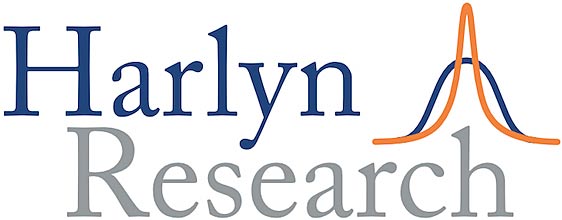Why Yields Could Go to 6%
Friday, September 29th, 2023But not immediately
We think investors should re-acquaint themselves with the relationship between nominal GDP and 10-year Treasury yields. Over the last 60 years there has been a good relationship between yields and the three-year trend in nominal GDP growth. At the end of Q2 2023, yields were far too low in relation to this trend, much lower than they were in the 1970’s before Chairman Volcker tightened monetary policy in the 1980’s. This sent yields to the top of the range in relation to GDP in just four years. We think that Chairman Powell’s higher for longer stance, coupled with ongoing QT of $900 billion a year, will eventually be as influential in boosting Treasury yields above the trend rate of growth, possibly for a period of several years. We use a variety of forecasting techniques, all of which suggest yields in excess of 6.0% sometime in 2026, but maybe earlier.
PURCHASE ALL ACCESS PASS
Already hold an All Access Pass? LOG IN
